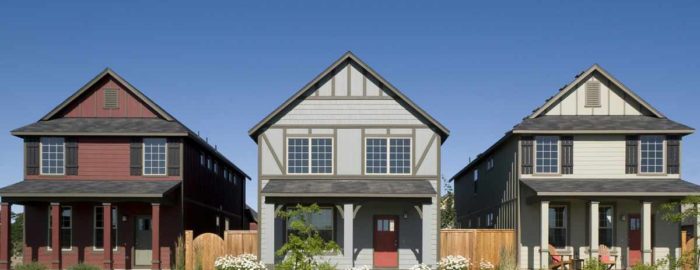The determining factor for what type of property you have is not in how it looks but rather in your intent for use. Based on your intentions, a property you own can be a principal residence, an income property, an investment property or a dealer property. Let’s look at the definition of each.
- Principal Residence – a home you live in. You can have only one declared principal residence and you are allowed benefits such as deducting mortgage interest and property taxes on your itemized tax return within limits. Up to $250,000 of gain for a single taxpayer and up to $500,000 for a married couple filing jointly can be excluded from income if the property is owned and used as a principal residence for two out of the previous five years.
- Income Property – an improved property that you rent out more than 12 months at a time. You can depreciate the improvements based on a 27.5-year life for residential property and 39-years for commercial property. This is a non-cash deduction that shelters income. When the property is sold, the cost recovery is recaptured at a 25 percent tax rate.
- Investment Property – can be an improved property or vacant land you own but does not produce income and is not eligible for depreciation or cost recovery. The gain on both income and investment properties are taxed at a lower, long-term capital gain rate and are eligible for a tax-deferred exchange.
- Second Homes – properties you use for personal enjoyment (such as a vacation home) that is not your principal residence. For IRS purposes, it is treated as an investment property in that the gain is taxed at preferential long-term rates if it is held for more than 12 months. However, it is not eligible for exchanges because personal use properties are excluded from that benefit.
- Dealer Properties – a property that you build or buy to make a profit is considered inventory and is labeled a dealer property. The gain is taxed at ordinary income rates and they are not eligible for section 1031 deferred exchange.
Available financing options differ depending on your intent and property type. Owner-occupied homes used as a principal residence are eligible for low down payment mortgages like FHA, VA, USDA and conventional with a down payment from 0 to 20 percent.
However, a second home usually requires a minimum down payment of 10 percent. Investment and income properties 20 percent or more depending on exceptions. There are no long-term financing options for dealer properties.
Want Some Insider Information on Fairfax VA homes for sale? Get a FREE Market Snapshot Report of Your Northern Virginia Home’s Value, or Search All Northern Virginia Homes For Sale. Put that data you need at the tips of your fingers!


